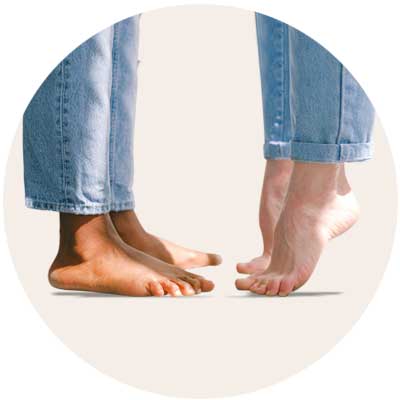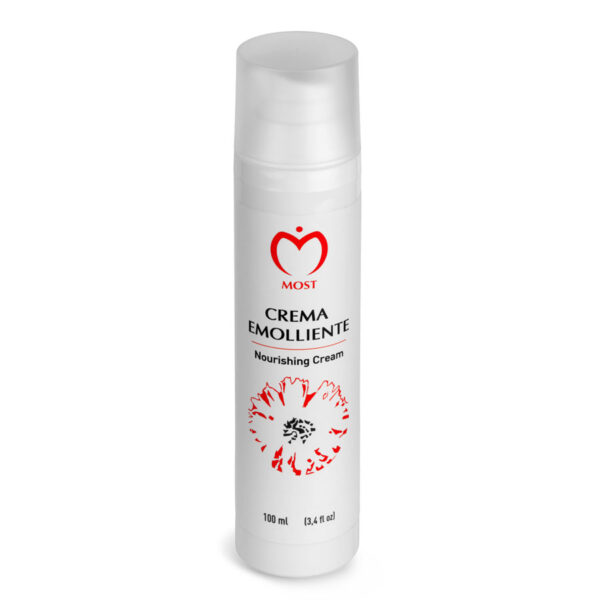
What is irritant contact dermatitis on the hands?
Irritant contact dermatitis on the hands is an acute inflammatory disorder characterized by symptoms such as erythema, edema, intense itching, exudation and the formation of crusts, fissures and erosions. It can develop anywhere on the hand and is one of the most common forms of dermatitis.
What does irritant contact dermatitis on the hands look like?
In the initial phase of irritant contact dermatitis, the skin on the hands will become red, dry and rough, and may crack. These symptoms are accompanied by intense itching, difficulty moving the affected area and decreased tactile sensitivity.
What are the causes of irritant contact dermatitis on the hands?
Irritant contact dermatitis is mainly caused by the repeated interaction with one or more irritating agents. Even water or humidity can trigger irritant contact dermatitis with repeated interaction over time. Irritants can be found everywhere; from the home, to play or work environments. Some common triggers of dermatitis are:
- Bleach
- Ammonia
- Descalers
- Thinners
- Soaks
- Rust inhibitors
- Paint strippers
- Detergents
- Cleaning products
Regular contact with irritants has a degreasing effect on the hands, as they strip the skin of its natural fats. These fats, including ceramides on the stratum corneum, reappear only very slowly causing discomfort. Therefore, individuals who need to wash their hands regularly, or who are in contact with irritants on a regular basis, are more likely to develop irritant dermatitis of the hands. Another common cause of irritant contact dermatitis on the hands is the repeated application of alcohol-based hand sanitizing gels and other antibacterial products.
How to treat irritant contact dermatitis on the hands
Avoid all contact with detergents, soaps and other irritants. If contact with such products is unavoidable, use nitrile gloves.
To counteract the skin manifestations, such as dryness and roughness, associated with Irritative Dermatitis, we recommend the use of:
- Apply one or two pumps of Extreme Emollient Ointment every evening and massage well until completely absorbed.
- If, in addition to dryness, redness and itching are present, always apply PEG Balm in the evening and in small quantities, massaging until completely absorbed, the ointment is able to absorb excess moisture and create a favourable skin environment for physiological skin regrowth.

When the dermatitis has regressed, resume washing with the mild, non-foaming Eudermic Cleansing Base.
When the dermatitis has regressed, resume washing with the mild, non-foaming Eudermic Cleansing Base. After washing and drying the skin, apply Emollient Cream to protect the stratum corneum.














